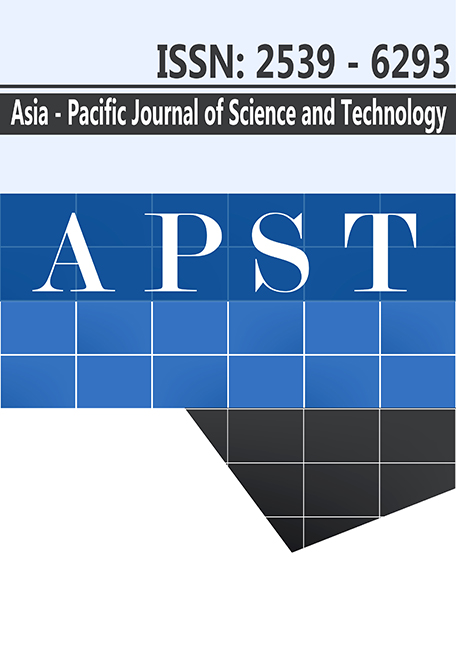Anomaly detection in a crowded scene using an interaction force model
Main Article Content
Abstract
Anomaly detection in a crowded scene is an important issue in computer vision. Many researchers have studied and tried to define the phenomena of crowd behavior. In this paper we introduce a novel social-based method for detecting abnormal events in crowded scenes, called Interaction Energy Force. The method is designed for low level features without object extraction and tracking. Force modeling based on optical flow fields and its interactions are defined by an energy force inspiring an energy propagation phenomena that depends on directions and velocities. An energy map is designed to represent the interaction forces corresponding to events, where the abnormal events are detected using a thresholding method. Our method was evaluated with the well-known UMN dataset. The results show greater efficiency and accuracy in our approach, regardless of a variety of conditions. It is a technique that is competitive with the state-of-the-art methods.
Article Details
References
Li T, Chang H, Wang M, Ni B, Hong R and Yan S. Crowded scene analysis: a survey. IEEE Transactions on Circuits and Systems for Video Technology. 2015; 25:367-386.
Brox T, Bruhn A, Papenberg N, Weickert J. High accuracy optical flow estimation based on a theory for warping. Proc European Conference on Computer Vision. 2004;25-36.
Jodoin P-M, Benezeth Y, Wang Y. Meta-Tracking for video scene understanding. Proc Advanced Video and Signal Based Surveillance IEEE. 2013;1-6.
Su H, Yang H, Zheng S, Fan Y, Wei S. The large-scale crowd behavior perception based on spatio-temporal viscous fluid field. IEEE Transactions on Information Forensics and security. 2013;8(10):1575-1589.
Benabbas Y, Ihaddadence N, Djeraba C. Motion pattern extraction and event detection for automatic visual surveillance. Journal on Image and Video Processing. 2011;1-15.
Kratz L, Nishino K. Tracking pedestrians using local spatio-temporal motion patterns in extremely crowded scenes. IEEE Transactions on Pattern Analysis and Machine Intelligence. 2012;34(5):987-1002.
Kratz L, Nishino K. Anomaly detection in extremely crowded scenes using spatio-temporal motion pattern models. Proc Computer Vision and Pattern Recognition IEEE. 2009;1446-1453.
Cong Y, Yuan J, Liu J. Abnormal event detection in crowded scenes using sparse representation. Pattern Recognition. 2013;46(7):1851-1864.
Bak S, Chau D-P, Badie J, Corvee E. Multi-target tracking by discriminative analysis on Riemannian manifold. Proc Image Processing IEEE. 2012;1605-1608.
Chongjing W, Xu Z, Yi Z, Yuncai L. Analyzing motion patterns in crowded scene via automatic tracklets clustering. China Communications. 2013;10(4):144-154.
Still GK. Crowd dynamics. [Ph.D. dissertation]. London: Univ. Warwick; 2000. UK.
Hughes RL. A continuum theory for the flow of pedestrians. Transportation Research Part B: Methodology. 2002;36(6):507-535.
Helbing D, Molnar P. Social force model for pedestrian dynamics. Physical Review. 1995;51(5):4282-4286.
Mehran R, Oyama A, Shah M. Abnormal crowd behavior detection using social force model. Proc Computer Vision and Pattern Recognition IEEE. 2009;935-942.
Raghavendra R, Bue AD, Cristani M, Murino V. Abnormal crowd behavior detection by social force optimization. Proc Human Behavior Understand. 2011;134-145.
Unusual Crowd activity dataset of University of Minnesota [Internet]. 2006 [cited 2014 July 1]. Available from http://mha.cs.umn.edu/Movies/Crowd-Activity-All.avi
Bell DA. Information Theory and its Engineering Applications (3rd ed.). New York: Pitman; 1962.


